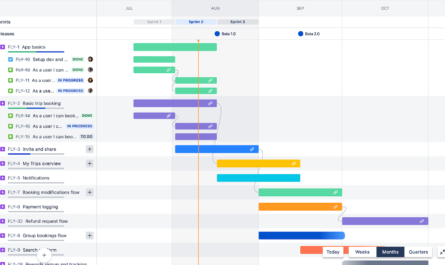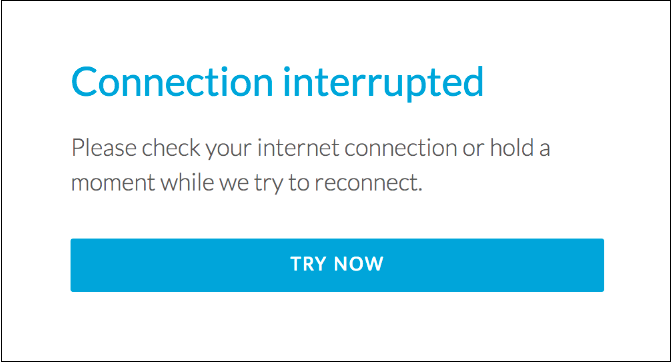Contents
- 1 Understanding the Shift to Digital Workspaces
- 2 Necessity of Monitoring in Ensuring Productivity
- 3 Key Parameters to Monitor in a Digital Workspace
- 4 Best Practices for Implementing Monitoring Solutions
- 5 Tools and Technologies Driving Monitoring Efforts
- 6 Future Trends in Digital Workspace Technology
- 7 Conclusion: Integrating Monitoring Practices for Sustainable Growth
Understanding the Shift to Digital Workspaces
The seismic shift from physical office spaces to digital realms has redefined the concept of work in the modern era. Global businesses now operate virtually, with employees collaborating across continents through cloud-based platforms and communication tools. The digital workspace is an ecosystem that integrates applications, data, and tools necessary for employees to perform their jobs effectively, regardless of their physical location.

This evolution has been further accelerated by the widespread adoption of remote work catalyzed by recent global events, reinforcing the need for companies to establish robust digital work environments. The foundational step in this transition involves integrating top-tier digital workspace tools, ensuring that teams remain collaborative, engaged, and productive. As the digital workspace becomes the norm, examining its structure and functionality is paramount for continuous improvement and strategic growth.
Necessity of Monitoring in Ensuring Productivity
The migration to digital workspaces heralds new challenges, particularly in ensuring persistent productivity across an organization’s workforce. Monitoring serves as the cornerstone by which companies can evaluate and amplify the efficiency of their operations. It encompasses tracking real-time activities and system performances and detecting technical snags that can disrupt workflows. Moreover, vigilance in the digital arena aids in mitigating performance degradation, enabling IT teams to address issues before they escalate into critical problems that can halt productivity. The objective is to foster an environment where seamless collaboration is possible and employees can work unhindered by preventable technological setbacks. By leveraging the insights from monitoring, businesses can refine their digital workspaces to align with their productivity goals, often leading to an impressive return on investment.
Key Parameters to Monitor in a Digital Workspace
Effective digital workspace monitoring hinges on identifying and tracking key parameters that directly influence work efficiency and employee satisfaction. User experience, for instance, encompasses various factors such as application load times, screen refresh rates, and the speed of data retrieval. These measurable elements can depict daily operations and the responsiveness of the user interface. Network performance is another vital parameter, emphasizing bandwidth utilization, latency, and throughput.
Monitoring ensures swift identification and resolution of network congestion or outages, maintaining a dependable connection for cloud environments and data accessibility. In addition, tracking application responsiveness provides insights into software performance, ensuring that critical business tools operate at optimal levels. A perfectly calibrated monitoring system is indispensable to CEOs and IT leaders, acting as a compass for technological improvements and resource allocation.
Best Practices for Implementing Monitoring Solutions
Monitoring solutions should be implemented with due diligence, ensuring alignment with the company’s ethos and operations. The best practices for integrating monitoring tools within a digital workspace start by choosing comprehensive yet unobtrusive solutions, offering extensive visibility without invading user privacy. Organizations should favor transparency, clarifying the purpose and implications of monitoring to alleviate any apprehensions and foster a culture of trust. In addition, employee involvement is crucial; open dialogues about how monitoring elevates the quality of the digital workspace encourage acceptance and collaboration from the workforce.
Another practice entails customizing the monitoring tools to meet the nuanced demands of various departmental workflows, thereby enabling more precise and significant data collection. Employers must walk the fine line between obtaining valuable workspace insights and ensuring that monitoring efforts are not a source of distraction or excessive administrative workload.
Tools and Technologies Driving Monitoring Efforts
Several powerful tools and technologies are vying for a central role in monitoring digital workspaces. Leaders in this space offer advanced capabilities that empower organizations to oversee various virtual workspace components. From traditional performance metrics to sophisticated behavioral analytics, these solutions can anticipate technological roadblocks and facilitate their swift resolution. The landscape of digital workspace tools is constantly evolving, and machine learning algorithms and predictive analytics are being adopted to identify patterns that could signify potential disruptions proactively.
This proactive stance enables organizations to refine their operational strategies, ensuring that digital workspaces are not merely functional but optimized for peak performance, ultimately benefiting businesses and their employees.
Future Trends in Digital Workspace Technology
The trajectory of digital workspace technology is defined by continual advancement, with monitoring emerging as a critical element of the ecosystem. Innovations like artificial intelligence and machine learning are poised to take workspace monitoring to new heights, introducing automated analytics capable of complex decision-making based on intricate datasets. This future landscape presents exciting possibilities: monitoring solutions could soon provide astute business insights, trend forecasting, and even behavioral predictions, further enhancing digital workplace efficiency and effectiveness.
The burgeoning growth of these technologies is explored in depth in resources that examine new technologies, remote work, and digital transformation, painting a vivid picture of the possibilities that lie ahead.
Conclusion: Integrating Monitoring Practices for Sustainable Growth
The ascendance of digital workspaces has rendered monitoring an indispensable factor. It’s not an overemphasis to state that the sophistication and adaptability of monitoring policies will become a barometer for business resilience and competitiveness. Cultivating and optimizing these practices across the digital work sphere will be a cornerstone of corporate strategies, fostering an environment conducive to sustainable growth and a thriving workforce. As the business world marches, integrating practical monitoring tools and approaches will remain a hallmark of visionary organizations that understand the intricacies of digital workscapes.




